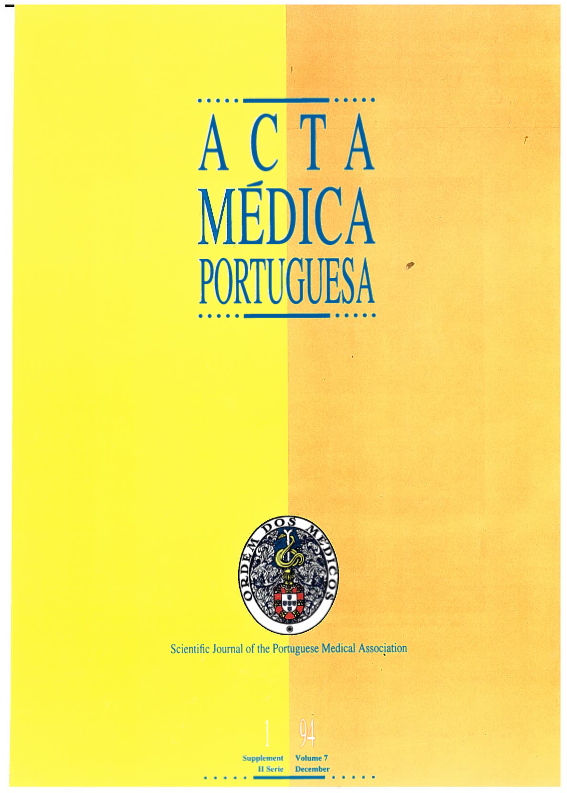Imaging methods in the study of urinary tract infections in children.
DOI:
https://doi.org/10.20344/amp.3035Resumo
When studying a child with urinary tract infection it is important to detect and localize any renal (scar) or urologic anomaly. Here we study the information obtained using: renal and vesical ultrasound (US), DMSA scan and radiologic or isotopic cystogram.We studied 148 children with more than one urinary infection and/or pyelonephritis; their mean age was 35.9 months (1-148 months); 55% were girls. The three diagnostic examinations--US, DMSA scan and cystogram were made in this order; the DMSA scan or cystogram was never made sooner than one month after the UTI.In 42% of the children the three exams were normal; 4 of these children had another UTI and the urodynamic study revealed vesical disfunction. 11% had renal scars (DMSA scan) with normal US and cystogram; 30% had VUR, 50% of which had an altered US and 57% had renal scars on the DMSA scan. 12% of the children had an altered US with a cystogram showing no VUR; 66% of these had renal scars. 4% had vesical anomalies in the US and cystogram.The three exams chosen were able to direct the diagnostic approach of UTI, being sufficient in most of the cases. We would like to emphasize the importance of the DMSA scan in diagnosing unsuspected renal scars.Downloads
Downloads
Como Citar
Edição
Secção
Licença
Todos os artigos publicados na AMP são de acesso aberto e cumprem os requisitos das agências de financiamento ou instituições académicas. Relativamente à utilização por terceiros a AMP rege-se pelos termos da licença Creative Commons ‘Atribuição – Uso Não-Comercial – (CC-BY-NC)’.
É da responsabilidade do autor obter permissão para reproduzir figuras, tabelas, etc., de outras publicações. Após a aceitação de um artigo, os autores serão convidados a preencher uma “Declaração de Responsabilidade Autoral e Partilha de Direitos de Autor “(http://www.actamedicaportuguesa.com/info/AMP-NormasPublicacao.pdf) e a “Declaração de Potenciais Conflitos de Interesse” (http://www.icmje.org/conflicts-of-interest) do ICMJE. Será enviado um e-mail ao autor correspondente, confirmando a receção do manuscrito.
Após a publicação, os autores ficam autorizados a disponibilizar os seus artigos em repositórios das suas instituições de origem, desde que mencionem sempre onde foram publicados e de acordo com a licença Creative Commons









